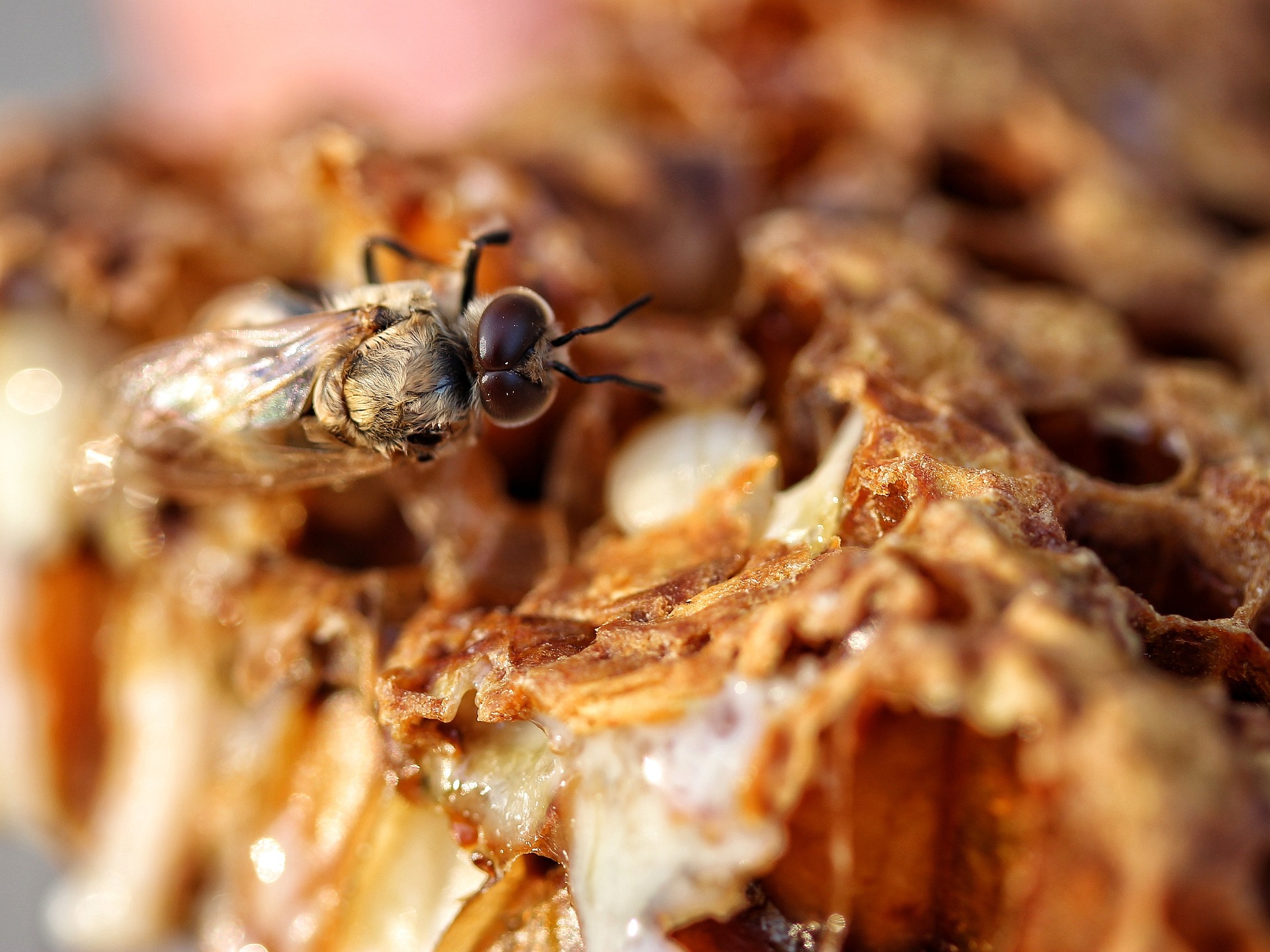Bees are important pollinators and play a crucial role in our ecosystem. However, having a beehive in your exterior siding can pose a threat to your home and family. If you’re facing this issue, don’t worry! We’ve got you covered. In this blog post, we’ll guide you through the process of safely eliminating bees living in your exterior siding.
Identifying the Problem
The first step in solving any problem is understanding it. Bees usually choose exterior siding as their nesting site due to its warmth and protection. Look for small holes or gaps in your siding where bees might be entering or exiting. You may also notice an increase in bee activity around those areas.
If you’re not sure whether you have bees or wasps living in your siding, it’s best to consult a professional pest control service. They will be able to accurately identify the insects and provide the most effective solution.
Hiring a Professional
While DIY methods may seem tempting, it’s important to prioritize safety. Bees can become aggressive when their hive is disturbed, and attempting to remove them without professional help can lead to stings and potential allergic reactions.
When hiring a professional, look for licensed and experienced pest control companies that specialize in bee removal. They will have the necessary equipment and knowledge to safely eliminate the bees while minimizing harm to the environment.
Bees Removal Techniques
Once you’ve hired a professional, they will assess the situation and determine the best course of action. Here are a few common techniques used for bee removal:
- Exclusion: This method involves sealing off the entry points to prevent bees from entering or leaving the hive. Once the bees are trapped inside, they can be safely removed.
- Trap and Relocate: In some cases, the bees can be trapped using specialized bee boxes and relocated to a safe location, such as a local beekeeper’s apiary.
- Insecticide Treatment: If the infestation is severe or the hive is inaccessible, pest control professionals may use insecticides to eliminate the bees. They will ensure that the chosen products are safe for both humans and the environment.
Remember, the goal is to eliminate the bees without causing harm to them or the ecosystem. It’s essential to let the professionals handle the task to ensure a safe and effective removal process.
Conclusion
Having bees living in your exterior siding can be a cause for concern, but with the right approach, you can safely resolve the issue. By identifying the problem, hiring a professional, and using appropriate bee removal techniques, you can ensure a bee-free and worry-free home. Remember, bees are valuable creatures, so if possible, consider contacting local beekeepers for alternative solutions like relocation. Buzz off, bees!
How to Eliminate Bees FAQ | Frequently Asked Questions
How do I prevent bees from entering my siding?
To prevent bees from entering your exterior siding, you can make your house inaccessible by sealing off your walls. Metal screens and caulk will give you results provided you’ve acted early enough. Take a lap around your house, focusing specifically on the siding and foundation.
Check to see if there are any obvious holes or chips in the structure. If you see any openings larger than the size of a coin, cover them with metal screening. If you secure all possible entrance points for bees, they won’t be able to enter your home.
How do I identify if the insects are wasps or bees?
To identify bees, look for certain characteristics. Bees have a robust, hairy body with a more rounded shape. They are typically black or brown with yellow or orange markings. Some species may have metallic or greenish colors as well. Bees are covered in fine, dense hair, which aids in pollen collection. They vary in size depending on the species but are generally plumper and more compact than wasps or hornets.
Wasps and hornets, on the other hand, can be identified by distinctly different characteristics. They feature a sleek and slender body shape, with a defined waist-like structure called a “petiole” that separates the abdomen from the thorax. They often have distinctive black and yellow stripes, although some species may have different color patterns, such as black and white or black and red.
Unlike bees, wasps and hornets have a smoother and less hairy appearance. Wasps and hornets have a noticeable thin waist between the thorax and abdomen, which gives them a more elongated appearance.
What are some natural ways to get rid of bees in exterior siding?
Many different plants can be used as natural bee repellents. Mint, citronella, marigold, and germanium, among other plants, all naturally repel bees. If you prefer a non-fatal solution, you have several other options: mothballs near the hive will coax bees to move. Cinnamon might encourage your hive to vacate your siding within a week. A vinegar and water blend sprayed directly on nesting bees could yield results within a day or two.
Are there any benefits of having bees around my house?
Bees provide an important service. Without them and other pollinators, we would lose our food supply. In addition, honey bees produce delicious honey for us to enjoy. However, not all buzzing critters we refer to as bees are actually classified as bees, which is an important distinction when deciding whether to eliminate them or not. Misidentification can lead to unnecessary harm to beneficial bee populations.
Perla Irish, who is more familiarly known as Irish, is the Content Manager at newfld.com. She loves following trends around home and garden, interior design and digital marketing. Through this blog, Irish wants to share information and help readers solve the problems they are experiencing.

